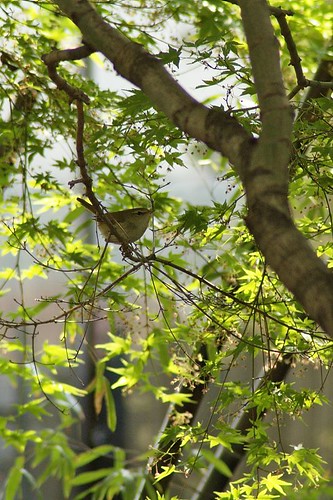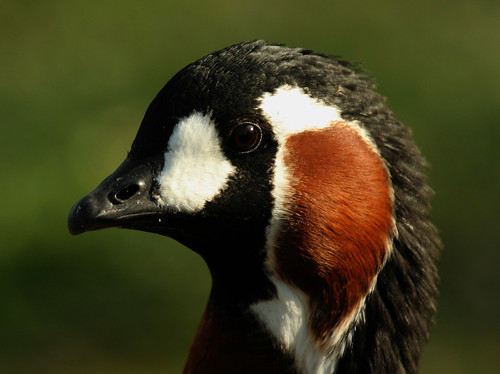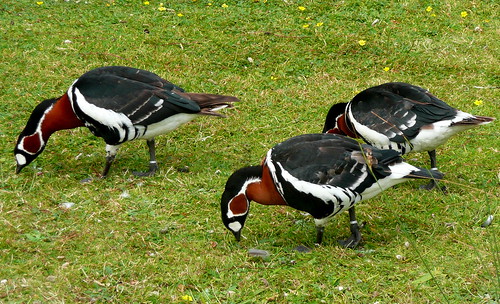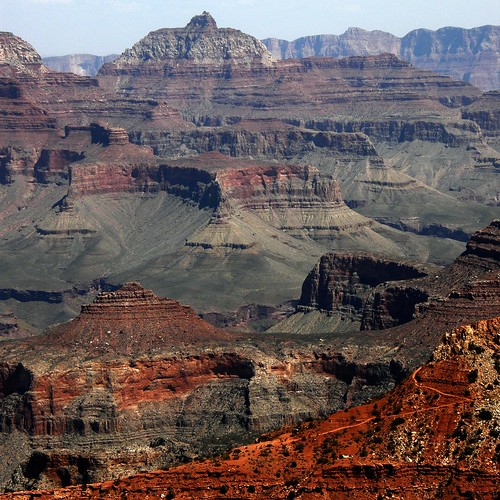Full title: The Greatest Show on Earth: The Evidence for Evolution. I don’t need any persuading about the fact of evolution, but Dawkins is always worth reading on the subject. And Amazon had it at 50% off, so as much as I dislike hardbacks I thought I’d give it a go.
Since I’ve read so many books on evolution, not least the half dozen by Dawkins, what I’m really looking for in a book like this is interesting new examples I haven’t encountered before, and there are certainly some of those, like the wingless fly that lives in termite mounds; generally, though, a lot of it is fairly familiar: Tiktaalik, the evolution of the whale, the guppy experiment, Lenski’s E. coli, eyeless cave-dwelling animals and so on. There are good reasons why these examples are popular, of course, and if you don’t read as much about evolution as I do, they may well be unfamiliar to you. It’s certainly a different repertoire than it would have been ten or fifteen years ago. And Dawkins writes engagingly and clearly, even in the chapter about embryology, a subject I usually find a complete head-fuck. So I certainly enjoyed reading it.
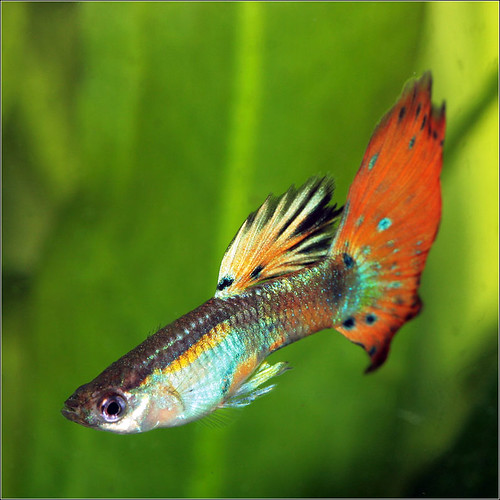
The review in New Scientist complains about his occasional side-swipes at religion. The book doesn’t actually talk about religion as often as that review might suggest, but when it does touch on it, it’s about as unflattering as you would expect. It’s easy to understand why creationism is such a red rag to a biologist: his analogy is of a teacher of Latin and Roman history who is constantly confronted by people who insist that the Roman Empire never happened and that the myth of ‘Rome’ is a conspiracy. His abrasive manner when he talks about religion doesn’t bother me, although I can see there’s an argument that it is bad tactics in the battle for hearts and minds.
At least in this book he confines his comments to creationism rather than religion more generally; and I for one am not going to tell him he should be respectful towards young Earth creationism. Because 40% of the US population (and 22% of the UK) believe the world is less than 10,000 years old, when you are rude about creationists, you are being rude about an awful lot of people, and I’m sure they are largely nice, well-meaning and valuable members of society; but come on! Believing that the world is less than 10,000 years old is like believing that the Earth is flat, or that leprechauns bury pots of gold at the ends of rainbows. Or indeed that if you dilute poison over and over again until it is just water, it magically gains healing powers. These ideas are worthy of mockery.
So, I enjoyed it; I’d rather read Dawkins on evolution than Dawkins on religion any day of the week, mainly because evolution is a much more interesting subject. I’m not sure it’s an instant classic, but it’s well worth reading.
